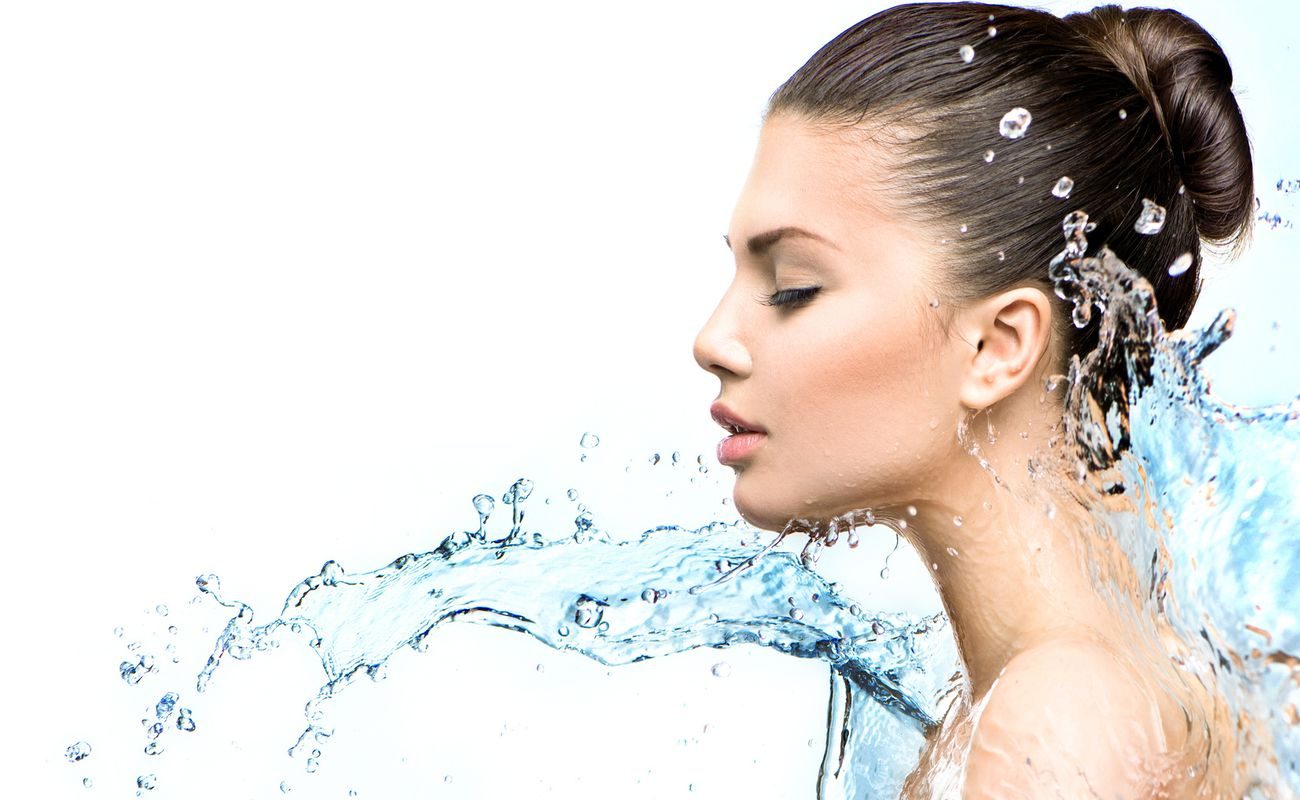
The Hydrolipid barrier is widely discussed. The term appears in numerous articles but can also be observed for cosmetics descriptions, so it’s worth knowing what it means. Today, we will explain why this part of your skin is so important. It will help you choose correct cosmetics and perhaps turn your beauty routine around. Enjoy!
The hydrolipid barrier is produced by two types of glands in your skin: sebaceous glands and perspiratory glands. The mix of sebum and sweat creates a special protective layer that prevents water loss by the epidermis and it blocks the development of pathological bacterial flora.
The amount of sebum produced by the skin that makes for the hydrolipid barrier depends on the skin type. If your skin is producing it in a sufficient amount, your skin has a subtle shine and you don’t feel the skin tightness – this is normal skin type.
On the other hand, when there is a disruption to the work of sebaceous glands, it leads to overproduction or insufficient production of the sebum. Then the skin and its type change and it needs specialistic care.
1. Too much of the hydrolipid barrier (skin shines) – you have oily skin
In such a case, you should go for gentle cosmetics that won’t additionally stimulate the work of sebaceous glands. Only then the skin will not turn into the overproduction mode. Give up cosmetics that make you feel the tightness of the skin as it only means that the given cosmetic has damaged the hydrolipid barrier of the skin. The skin’s response to it will be the excess production of the sebum because the skin will want to repair its protective layer as soon as possible to protect oneself against the irritation and dryness causing factor.
The excess shine is often the result of incorrect skin pH of the skin. If the skin has too high pH, it starts to produce more sweat – its acidity is expected to restore skin with balanced pH. The sweat is acidic so it supports the restoration of the physiological pH of the skin. It is supposed to prevent the development of pathological (harmful) bacterial flora on the skin.
Its bacteria that is responsible for worsening the acne problem but also cause infections, or even itchiness, darkening of the skin, and other hyperpigmentations. The bacteria also make minor wounds heal longer and often when healed there is discoloration left on the skin. The main mistake in the skincare of this skin type is using regular bar soap which is product with basic pH.
2. Too little of the hydrolipid barrier (skin dehydration) – you have dry skin
To prevent it, you should use cosmetics rich in humectants (moisturizing substances) and emollients (able to create an occlusive layer preventing water loss). Only the use of substances from both groups makes sure that the skin is hydrated.
The humectants are all sorts of substances that help to bind water in the epidermis. Those substances are among many hyaluronic acid, aloe gel, glycerin, urea.
Emollients are all the substances that prevent water loss (protect against TEWL) and those substances are for example oils, butter, wax.
3. Too little or too much sebum in various parts of the face – you have combination skin
This skin type has two different types of skin depending on the part of the face. This skin is usually oily in the T-zone and dry on the cheeks. However, it’s not a rule because there happen various combinations of oily skin with normal skin and dry skin with normal skin that is located in different areas and with different amounts of sebum.
Combination skin is often confused for oily skin. It is not always that skin has upset work of sebaceous glands. The only skin type like that is the one that after washing leaves you with tightness and skin needs cream for relief, but after a few hours start to shine – this skin type has upset sebum secretion. It’s often our own fault. This skin type is characteristic for young people who often in fear of shining skin try to mattify the skin. In the meantime, the more you mattify the skin, the more it is dry and it starts to defend itself with overproduction of the sebum. It’s a vicious circle in which consequence is often acne.
Luckily, upset work of sebaceous glands is a reversible process (as far as skin is not suffering from diseases), but it takes time and right cosmetics. You can regulate the work of sebaceous glands, which means that you can make your skin produce the right amounts of sebum. This way, you will build its correct hydrolipid barrier.









Leave a Reply